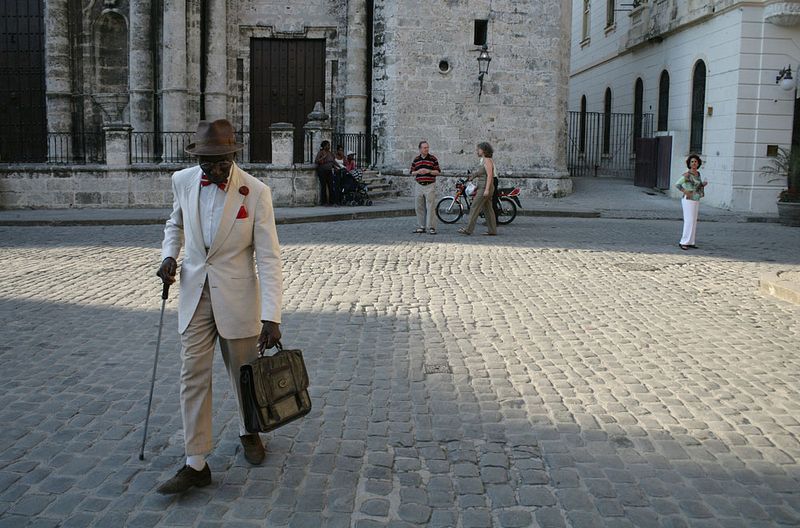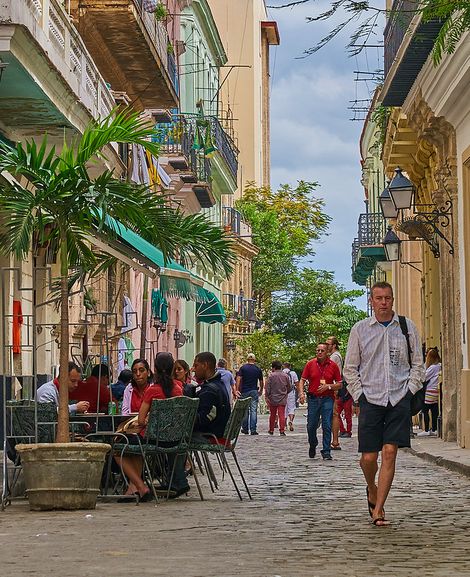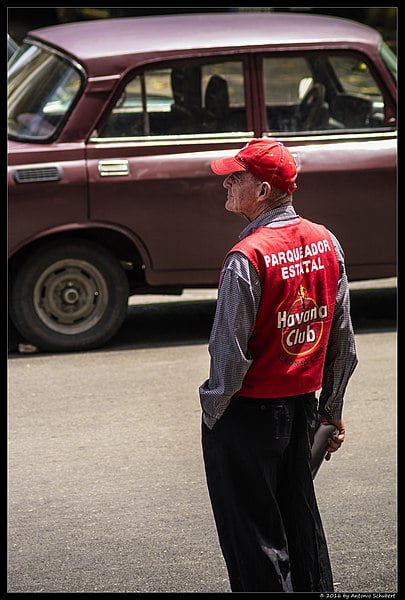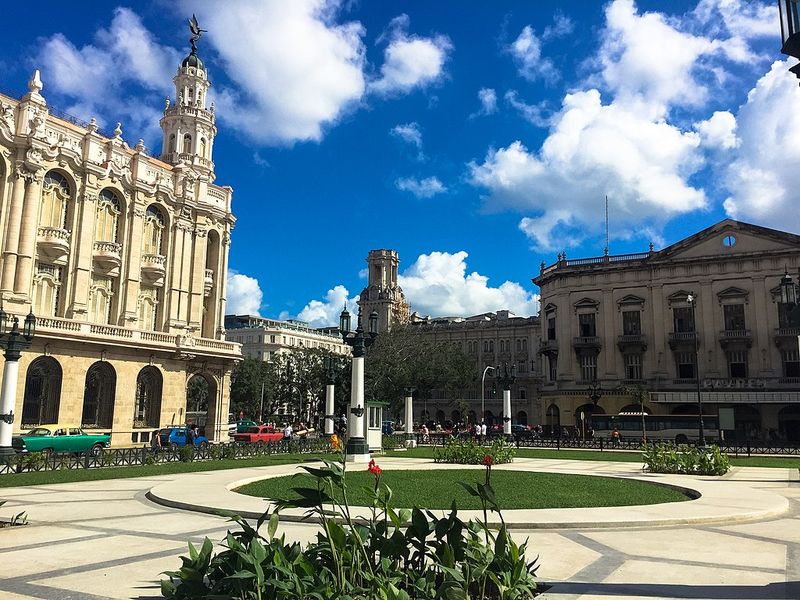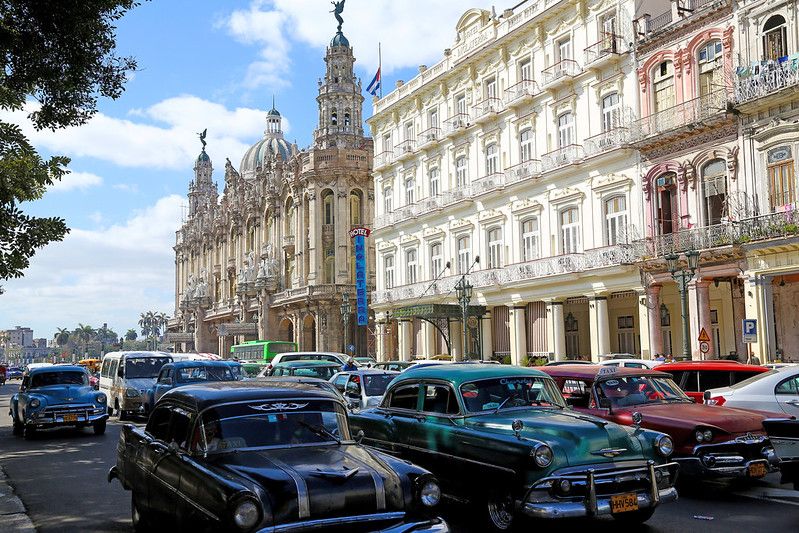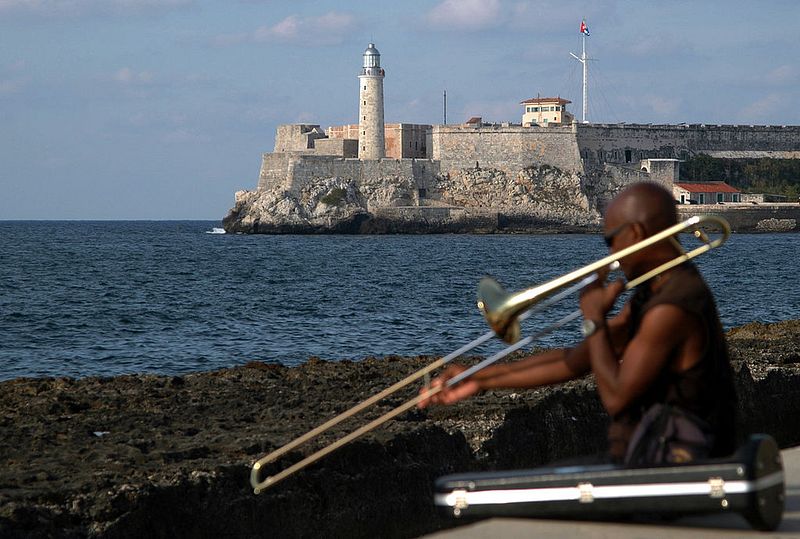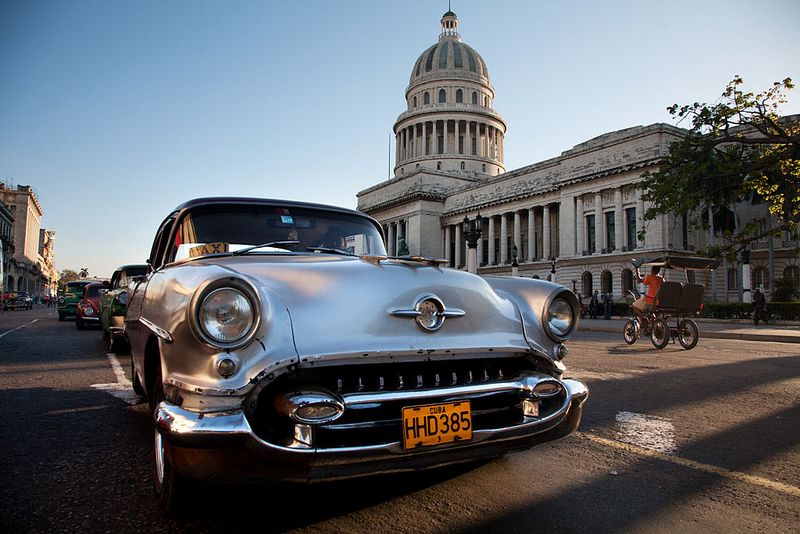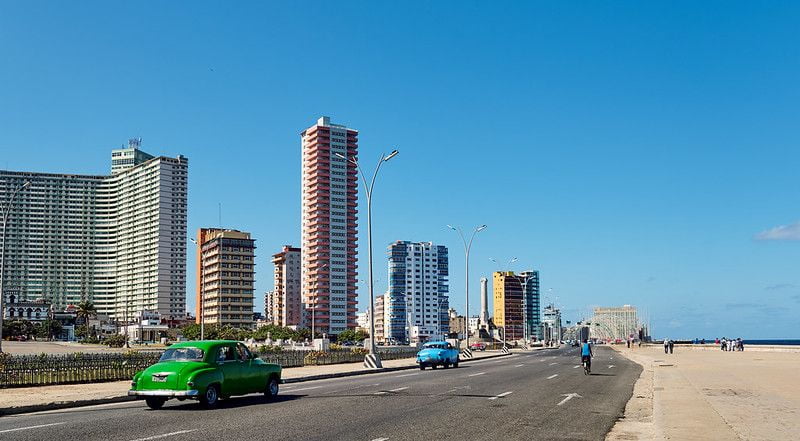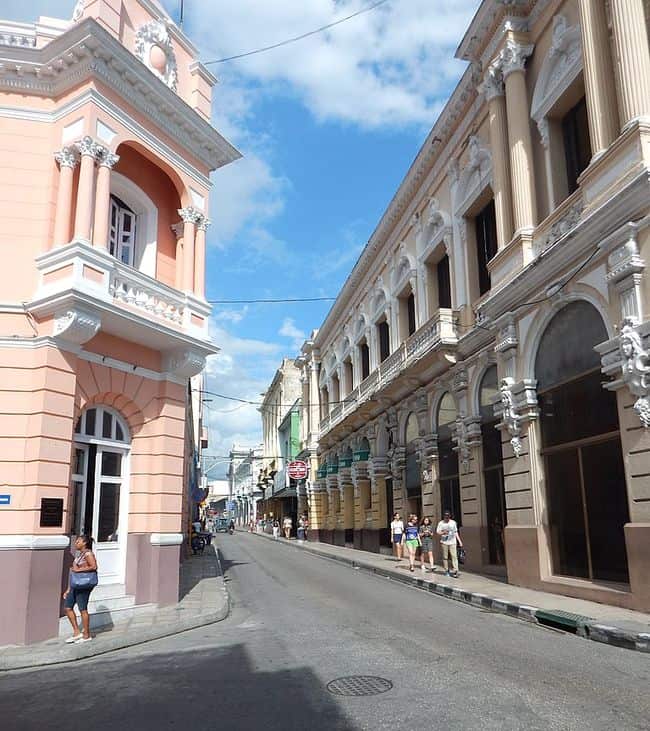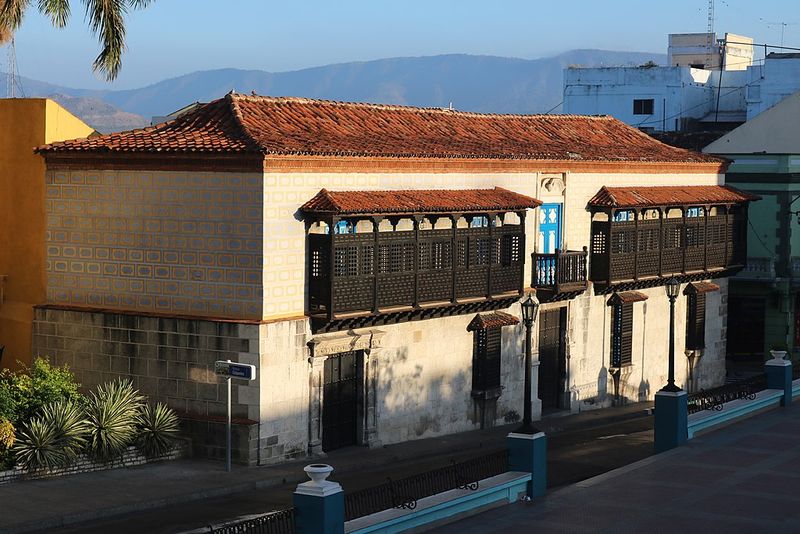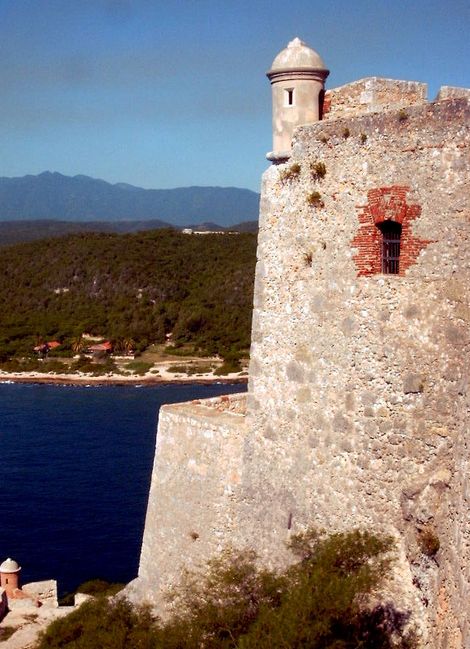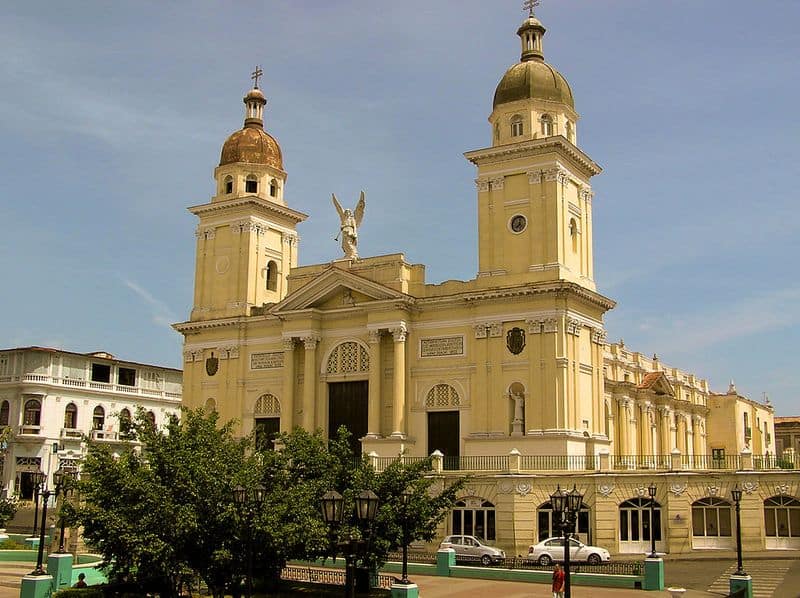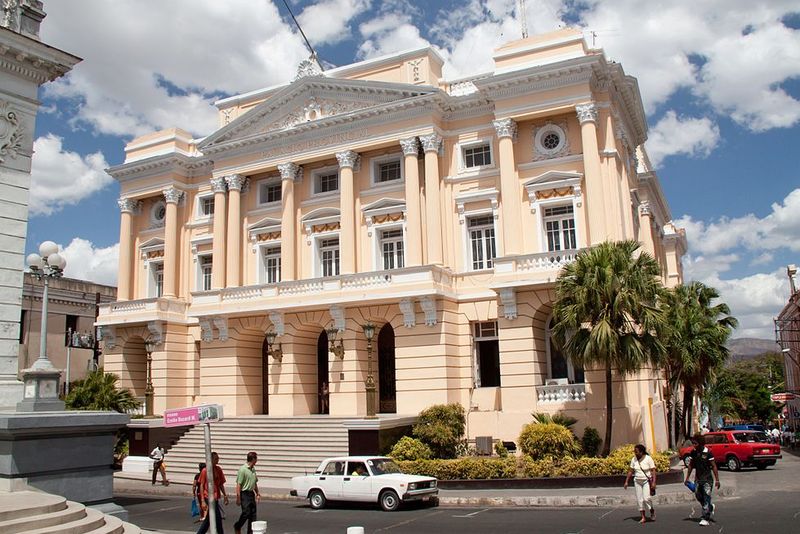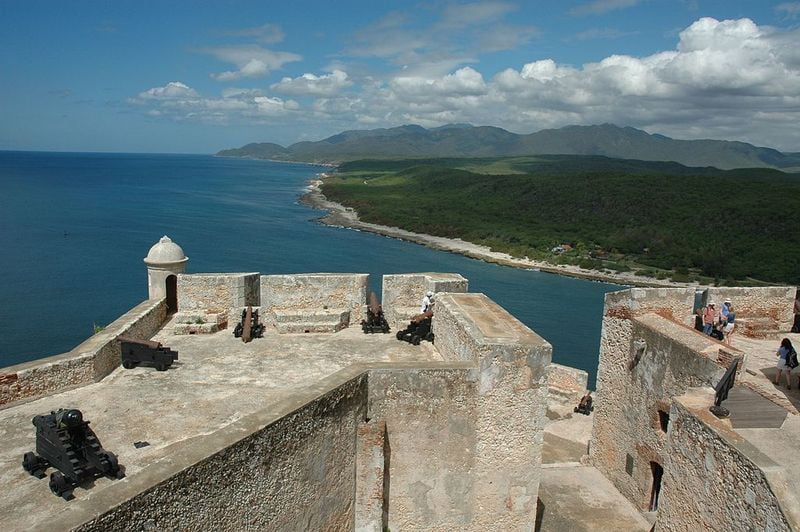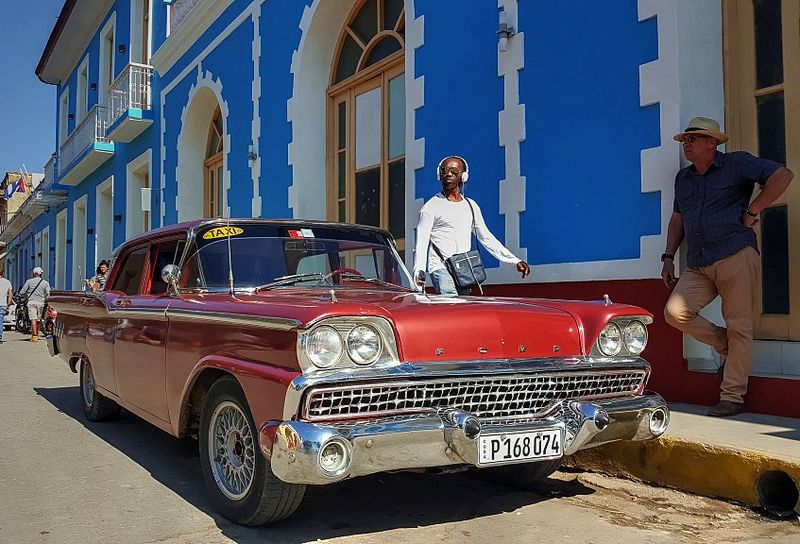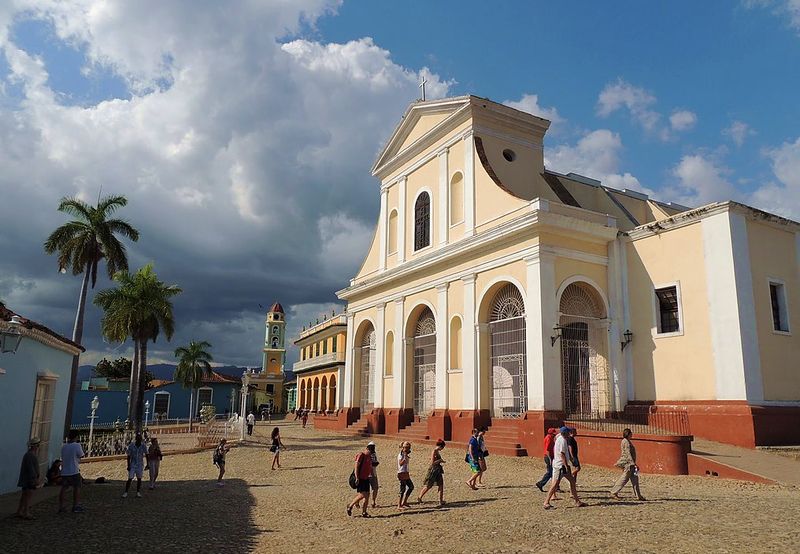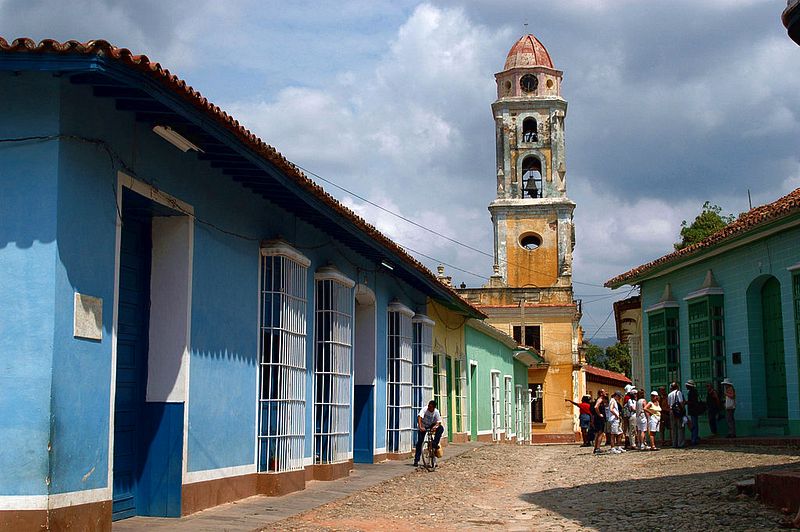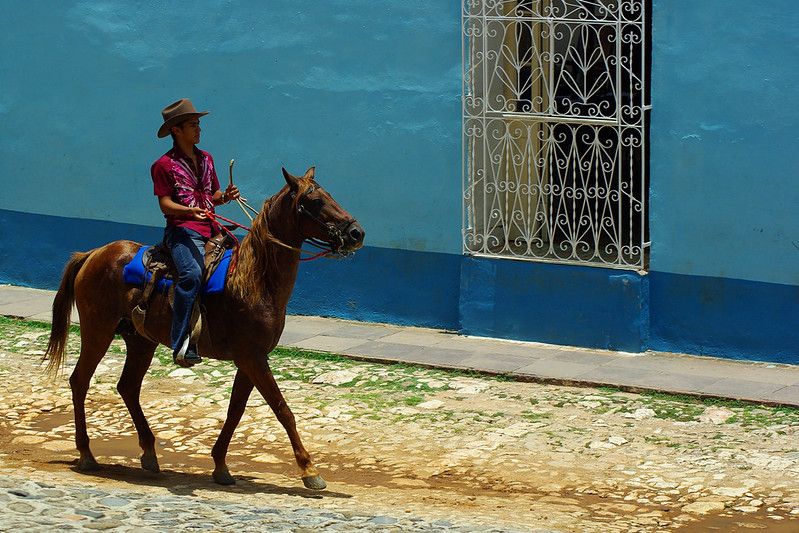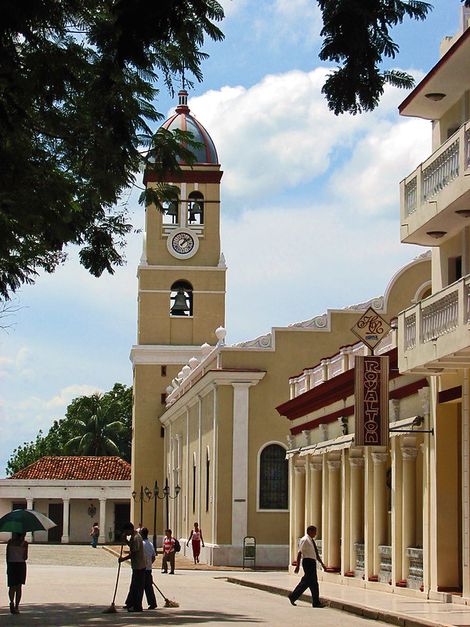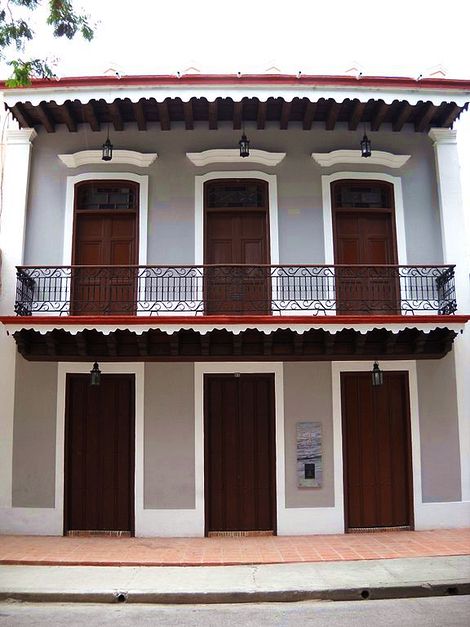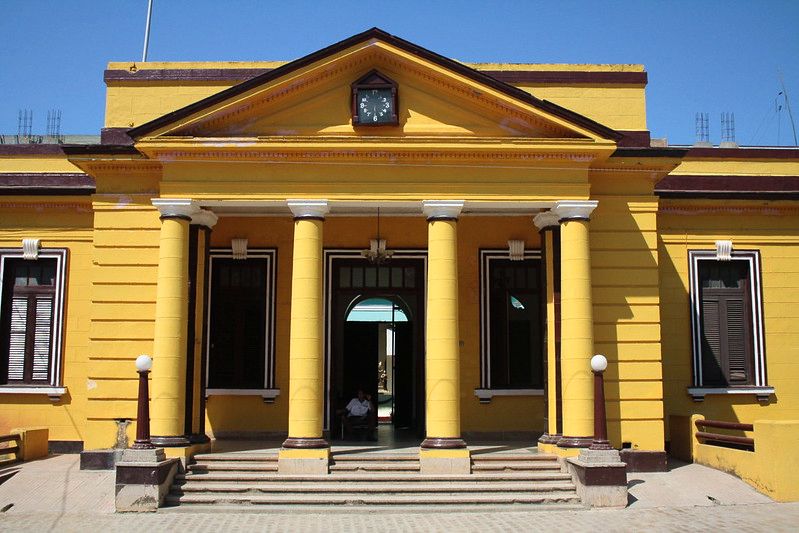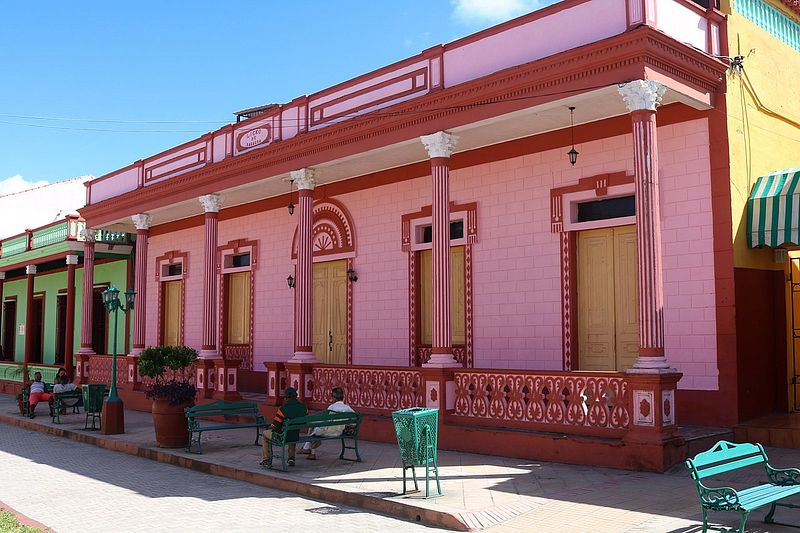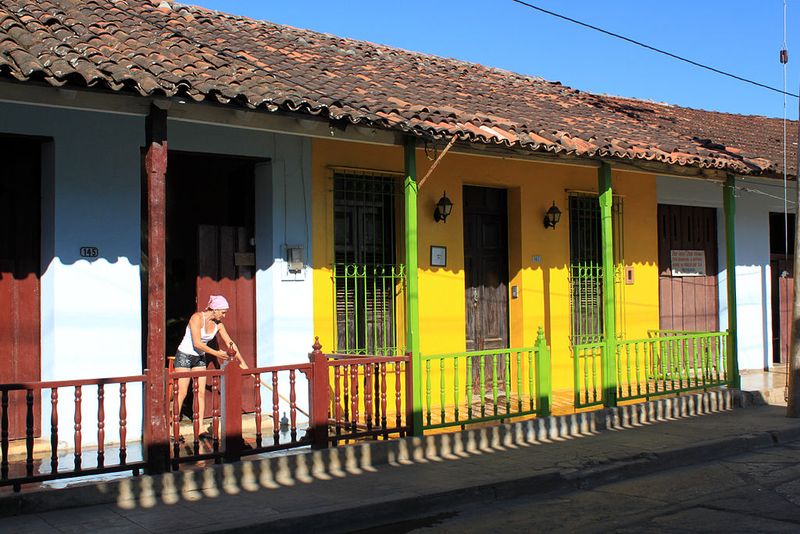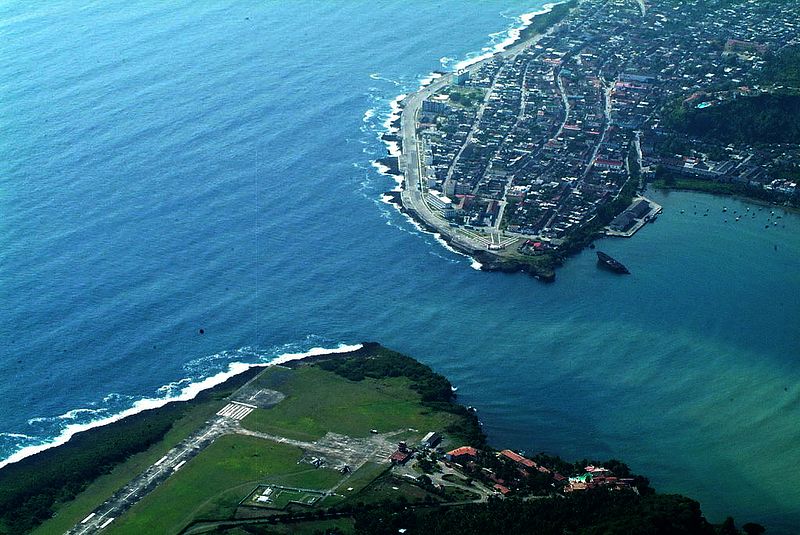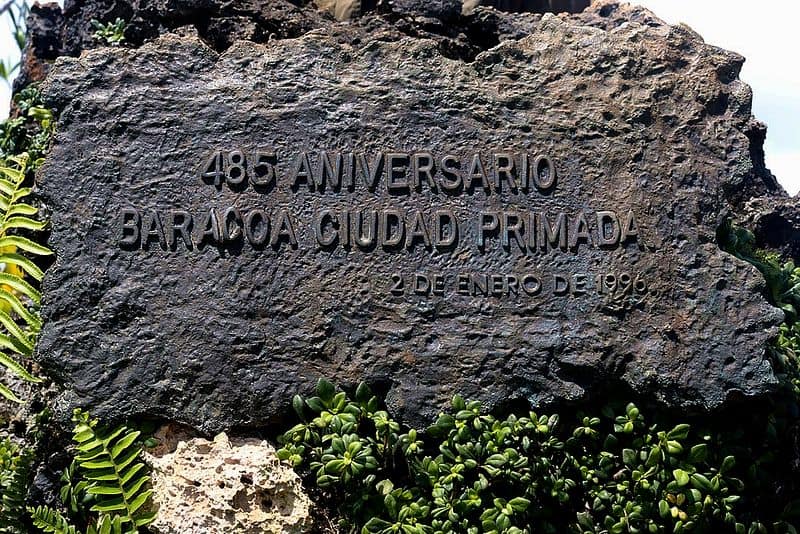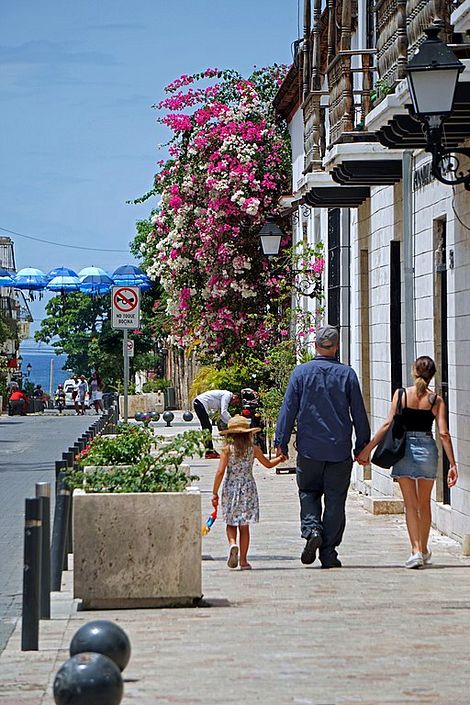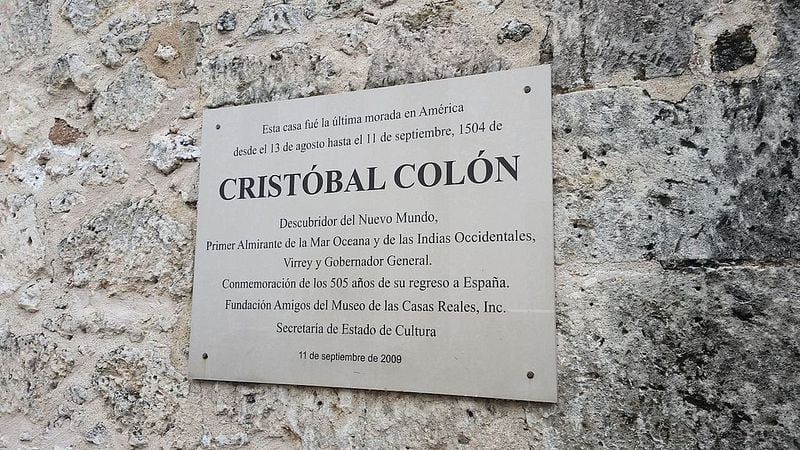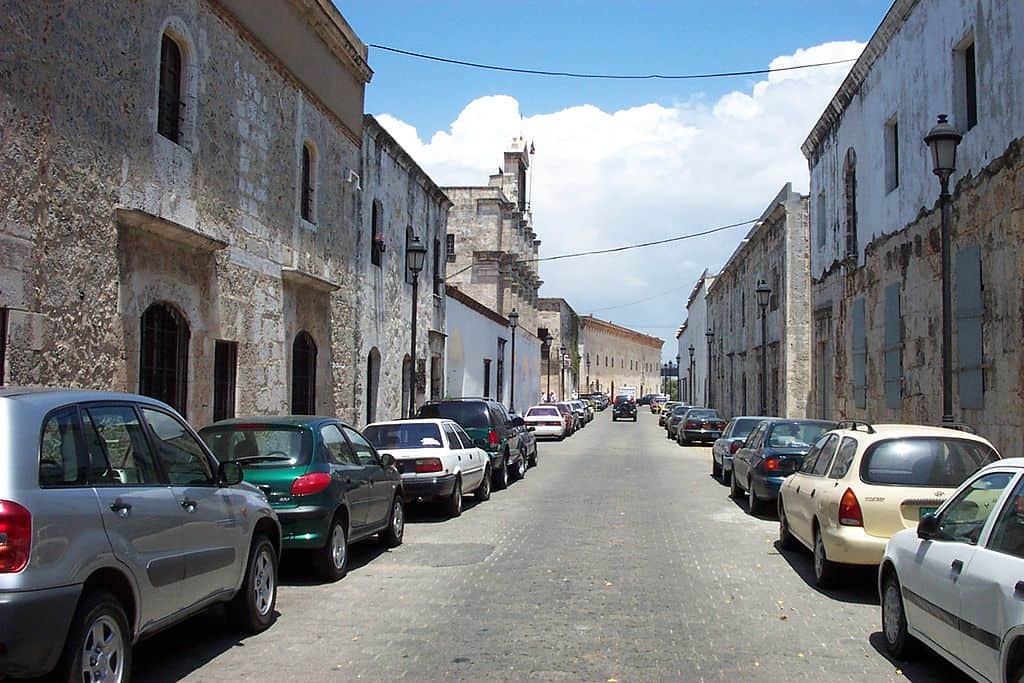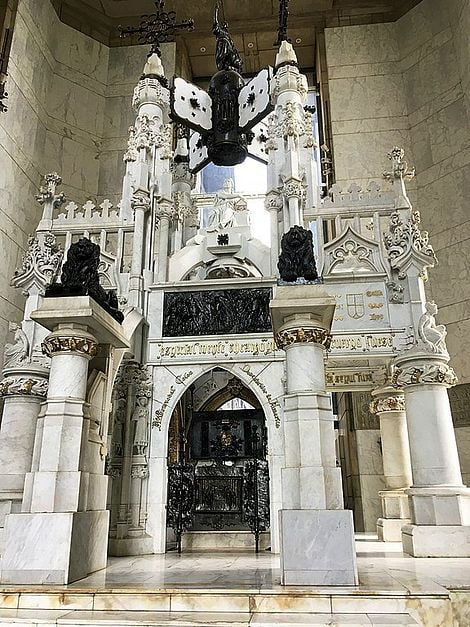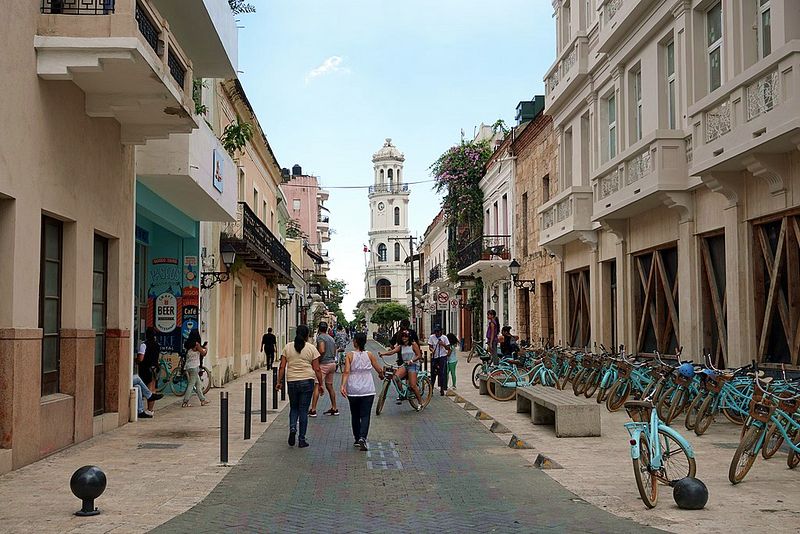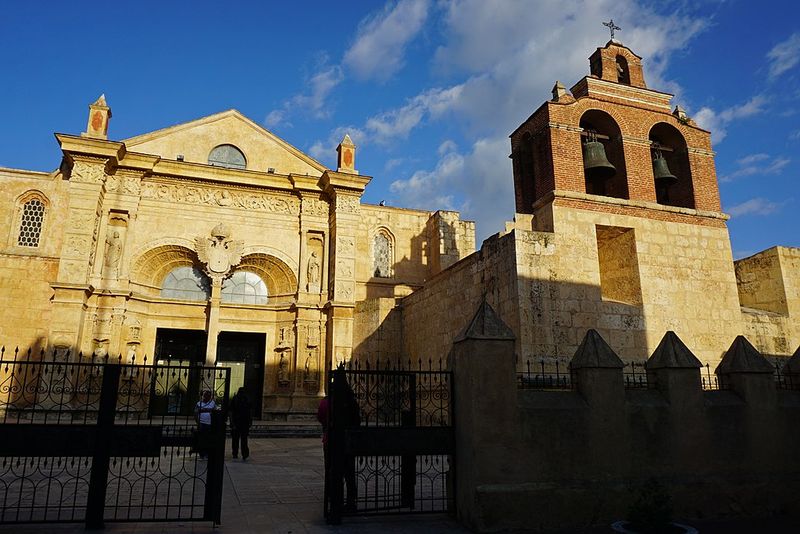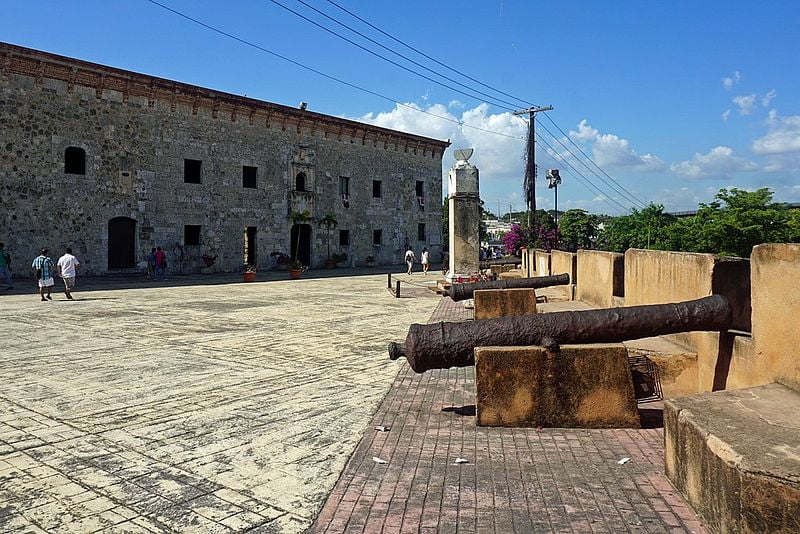The Europeans arrived in the Americas in 1492. Soon after, they began founding towns. And while plenty of those early towns crashed and burned, a few ultra-resilient ones grew into cities.
Here is a list of the 8 oldest cities in the Americas founded by Europeans:
8. Havana, Cuba. 1519
Havana was one of the first cities the Europeans founded in the Americas.
The Spanish founded it in 1514, but they had to move it around. It is in its present location since 1519.
The new location turned out to be so great, that Spain made Havana its export center. All the products from the Americas -gold, silver, emeralds, leather, spices, cacao, tobacco…- were shipped to Havana. And from there, once a year, they were sent to Spain in a heavily guarded float.
That made Havana incredibly wealthy. The Spaniards began building castles, convents, churches, hospitals, and universities. By the 17th century, the port city had 70,000 inhabitants.
All this wealth attracted the attention of English, Dutch, and French pirates. They attacked the city constantly. A few times they burnt parts of it down, others they sacked it.
In response, the Spanish built impressive fortresses that can still be visited today. Nevertheless, in the following centuries, Havana would fall, shortly, but still fall, into British and US hands.
Nowadays, Havana has more than two million inhabitants. And due to its colonial architecture and impressive fortifications, UNESCO declared it a World Heritage Site. A few years ago, it was named one of the New 7 Wonder Cities of the World.
Thought pirates were a thing of the past? Well, they still terrorize these 3 regions of the world
7. Santiago, Cuba. 1516
Santiago was officially founded in 1515. A fire consumed the settlement the following year and it was rebuilt immediately.
Seven years later, Santiago became Cuba’s capital, a title it would lose to sizzling Havana, later on.
But Santiago has sparkle of its own. Its first mayor was famous (infamous?) Hernan Cortes, the Spanish conquistador who brought down the Maya Empire. And several celebrated expeditions to the continental Americas departed from Santiago. For example, the one of Cabeza de Vaca, who explored the south of what is now the United States.
Santiago, like Havanna, was attacked by pirates throughout the 16th and 17th centuries, and it too boasts of fantastic fortresses.
Santiago is one of the most ethnically diverse cities in Cuba. From the 18th century, it has received waves of immigrants from Britain, France, Haiti, Spain, Jamaica, and China.
All these cultures have left a mark in the city. The Africans (Haitians and slaves) brought with them spiritual practices such as voodoo, while the Europeans imported Catholicism. From the mix of both, santeria was born. And the port is also the birthplace of various music styles, from the Spanish-influenced bolero and French-influenced Trova to the African-influenced Son.
Nowadays, Santiago has almost half a million inhabitants. Some of its landmarks are considered UNESCO World Heritage Sites. We are looking at you, El Morro Fortress.
Some famous Santiagians you may know? Desi Arnaz and Emilio Estefan. Meanwhile, Gloria Estefan, Andy Garcia, and Steven Bauer are from Havana.
6. Cumana, Venezuela. 1515

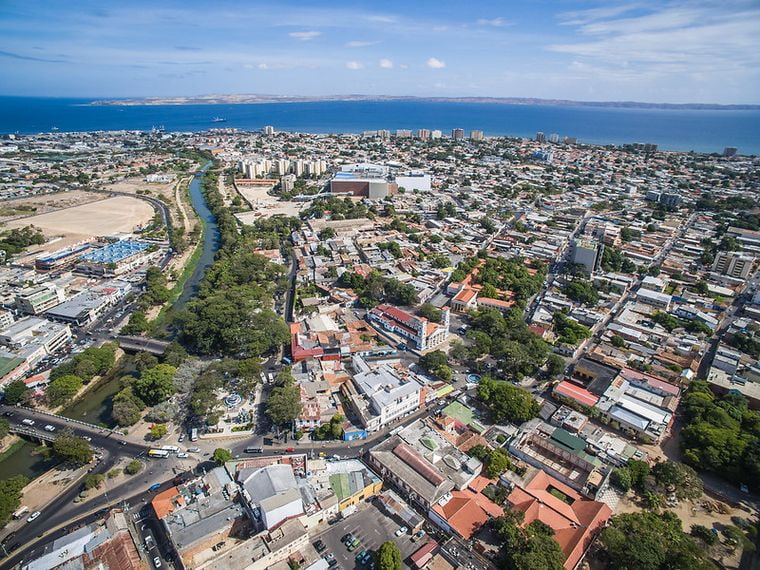
Cumana had rocky beginnings, full of run-ins between Natives and Europeans.
The Natives had been settled in this area of South America for centuries. Then the Spaniards started exploring it, and in 1500, they found it was pearl-rich. So some Spaniards settled near the beach to collect the pearls.
A year later, Spanish missionaries built a convent and began evangelizing the Natives. Which, apparently, was not to the liking of the pupils, for they attacked the mission several times.
In November 1515, the Spaniards leally registered their settlement near the beach as a town. They named it Cumana, which is what the Natives called the place. It means ‘juncture of ocean and river.’
More monks arrived at Cumana’s convent under the leadership of Pedro de Cordoba. Pedro was intent on a pacific evangelization and on getting along with the Natives.
But unaware of his lofty intentions, the Spaniards settled in the nearby islands raided this area for Native slaves. The angered Natives fought back. But not against the enslavers, who had hit and run, but against the convent, which was at hand. They destroyed it and killed the friars.
One month later, Pedro rebuilt the convent and town, added a school for Native children and a temple, and sent in more priests. He was trying to keep the Native attack quiet, but news of the killing made it to Spain. The Spanish king sent a ‘pacifying’ force to the area and many Natives were killed.
The mutual attacks would last decades: the Spanish built forts and sent more settlers, while the Natives kept attacking the town.
Nowadays, Cumana has a population of almost 400,000 (about 700,000 in the whole metropolitan area). And the city, with its beaches, fancy hotels, and old architecture, is a tourist destination.
5. Trinidad, Cuba. 1515

Trinidad has a unique history. It began as a gold town in the early 1500s. And it was officially founded in 1514 and moved to a close-by location in 1515. The Spaniards semi-enslaved the locals and made them mine the gold.
But the gold ran out and the Natives revolted. Thus, most of the European settlers left. The Natives and mestizos (people of mixed-race) took charge of the town.
Abandoned, the inhabitants allied themselves with the pirates and began smuggling goods. With that, they kept their town going for a few centuries.
In the 1700s, cattle-rising was introduced to the island, along with tobacco and sugar production. The Spaniards returned to Trinidad to produce these things. The city became wealthy, and the Spaniards embarked on an extensive building program.
Then, parts of Trinidad were destroyed during the independence wars, and the sugar price fell. Many residents left, and the city fell into poverty once more.
Oddly, that worked for Trinidad in the long run. Because of the poverty, no more buildings were erected, and Trinidad was frozen in time. It still has its cobbled streets, its colonial buildings, and few cars. It looks just like it did in the late 1700 or 1800s. Many call it a ‘living museum,’ and UNESCO declared the whole city a World Heritage Site.
Trinidad is now a tourist destination with a dash of time travel.
4. Bayamo, Cuba. Founded in 1513
San Salvador de Bayamo (Saint Savior of Bayamo) was born on November 5, 1513. Its founder was the Spanish Conquistador Diego Velasquez, who was the governor of Cuba and founded most of its early cities.
That so many of the early cities are in Cuba is no surprise. Cuba is one of the places that Europeans first discovered and settled in the Americas. They explored the rest of the New World from their base in the Caribbean.
San Salvador de Bayamo was always prosperous. First, because it was built next to a sailable river that allowed trade, and later on, due to the sugar plantations. The city’s colonial architecture became famous throughout the island.
Bayamo’s inhabitants were forward-thinking and feisty. They were among the first to oppose the Spanish rule. When in 1869 the city was about to be taken by the royalist army, the Bayamese chose to burn it down. Down went most of the famous colonial architecture. Only the church and a few houses survived here and there.
Nowadays, Bayamo has 239,000 inhabitants, and it is the home of many industries.
Simon Bolivar in 15 Facts: the South American Who Brought Down the Spanish Empire
3. Baracoa, Cuba. 1511
Baracoa is Cuba’s oldest city. Christopher Columbus explored its site during his first voyage to the New World. He arrived on this beach on November 27, 1492, and wrote on his dairy:
“An infinite number of people came to the beach speaking loudly, all naked, holding their spears.”
He describes the Native Tainos as: “Well-proportioned, of beautiful bodies and handsome faces; the hair is thick, almost like the silky tails of horses, and they wear their hair short above the eyebrows, except for a few (…) that wear it long and never cut it… All have a very wide forehead and head, more so than any other generation that I have seen so far, and the eyes are very beautiful and not small…”
The Spaniards liked the place. It had a nice bay with a beautiful beach and was surrounded by mountains, it had rivers and waterfalls. In other words, it was a tropical paradise.
By 1511, the Spaniards were back in Cuba, this time to conquer it. And Conquistador Diego Velasquez, that as we have seen had a thing for establishing new towns, founded Baracoa.
Baracoa became officially a city and Cuba’s capital in 1518. But soon the Spaniards realized that the city was difficult to access by land and moved the capital to Santiago.
During the next centuries, Baracoa saw clashes between the Spaniards and the Tainos; also plenty of pirate attacks and sackings.
Nowadays, Baracoa has 80,000 inhabitants. Because of its natural beauty, it is a tourist destination. Its colonial castles and military fortresses have been turned into hotels, restaurants, and archaeological museums.
2. Santa Cruz, Dominican Republic. c. 1502
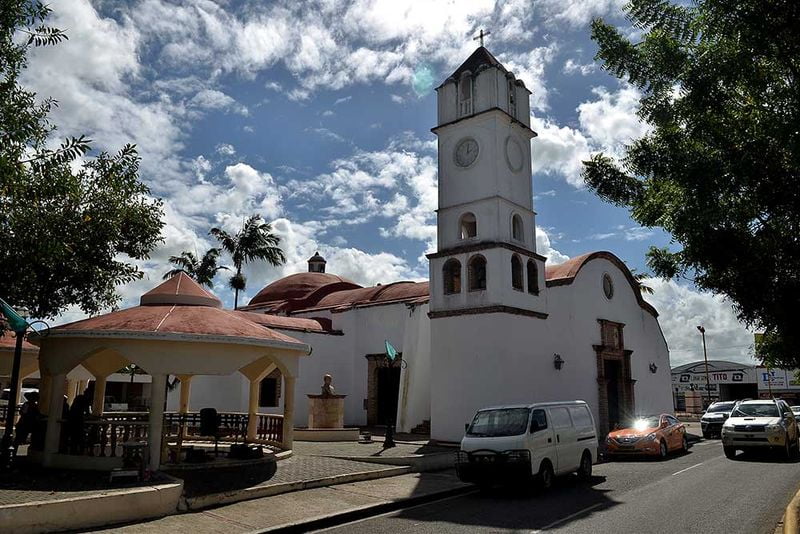
Christopher Columbus also visited this other Caribbean island, Hispaniola (‘Spanish Island’), in 1492.
Before going back to Spain, he built a fortress here and left behind a small colony. A year later, he returned to find the fortress in ruins and the colony gone, presumably killed by the local Tainos.
Yet, the Spanish founded another unsuccessful colony and remained a constant presence on this island from then on.
In 1502, Juan de Esquivel, one of the conquistadors, was sent to the east of the island to ‘pacify’ the Tainos. Soon after, Esquivel established a fortress and a town. He called it Santa Cruz del Seibo. The first part of the name is in Spanish and means Holy Cross. The second part may be a homage to the Taino ruler who lived in that area, Seebo.
During the rest of the century, the settlement was prosperous.
The city of Santa Cruz, like all the Dominican Republic, was under Spanish rule for centuries. Then, in sequence, it was under French, Haitian, French, Spanish, Haitian, Spanish, and US rule (twice), with periods of independence in between. The Dominican Republic finally shook everyone off for good in 1966.
Despite all that, Santa Cruz has survived, continuously inhabited, on the same spot, for more than 500 years. So it well-deserves the title of second-oldest city in the Americas -founded by the Europeans.
1. Santo Domingo, Dominican Republic. 1502
And we have reached the very first spot on this list.
Santo Domingo is the oldest city in the Americas. Well, the oldest European-founded city that still survives.
It was established in Native Taino territory, so the settlement actually predates the arrival of the Europeans. The Spaniards colonized it informally in 1493. Then three or five years later, Bartholomew Columbus, Christopher’s brother, officially founded the Spanish town. He named it “New Isabella” after the queen of Spain, Isabella.
Later, he renamed it Santo Domingo de Guzman (‘St. Dominic‘), probably after his father, Domenico Colombo, who was named after the saint.
In 1502, a hurricane destroyed the settlement, so it was moved to the opposite river bank. There, Santo Domingo flourished.
The city can claim a long list of ‘firsts.’ The first palace of the New World was built here, as were the first convent, monastery, hospital, cathedral, and university.
Santo Domingo was the first viceroyalty and the first seat of European power in the Americas. It also has the oldest standing fortress.
The mansion where the Columbus family lived still stands.
As the UNESCO site puts it: “The Colonial City of Santo Domingo – the only one of the 15th century in the Americas – was the place of departure for the spread of European culture and the conquest of the continent.”
Santo Domingo, like most port cities, endured pirate attacks. In 1586, the infamous British pirate Sir Francis Drake took the city for a few months.
Almost a century later, in 1655, Oliver Cromwell, England’s head of state, sent an expedition to invade Santo Domingo. But unlike Drake, he was unsuccessful.
Santo Domingo now has more than 3 million inhabitants, and it is the largest city in the Caribbean.
It still has the fortresses, the beautiful cathedral, churches, and houses from the 16th century. So it has been declared a UNESCO World Heritage Site and is a popular tourist destination.
More on Queen Isabella of Spain in: 25 Brutally Unflattering Royal Portraits
Shout-out to other old European-founded cities in the Americas:
Azua, Dominican Republic. Founded in 1504, moved 4 mi (8 km) inland in 1751 after an earthquake and a tsunami.
Cotui, Dominican Republic. 1505, moved in 1562 after an earthquake.
Salvaleon de Higuey, Dominican Republic. 1505, moved decades later.
Santiago de los Caballeros, Dominican Republic. 1506, moved in 1562 after an earthquake.
Sancti Spiritus, Cuba. Founded in 1514, moved in 1522 to its current location.
Which of the oldest cities would you love to visit?
More Articles
